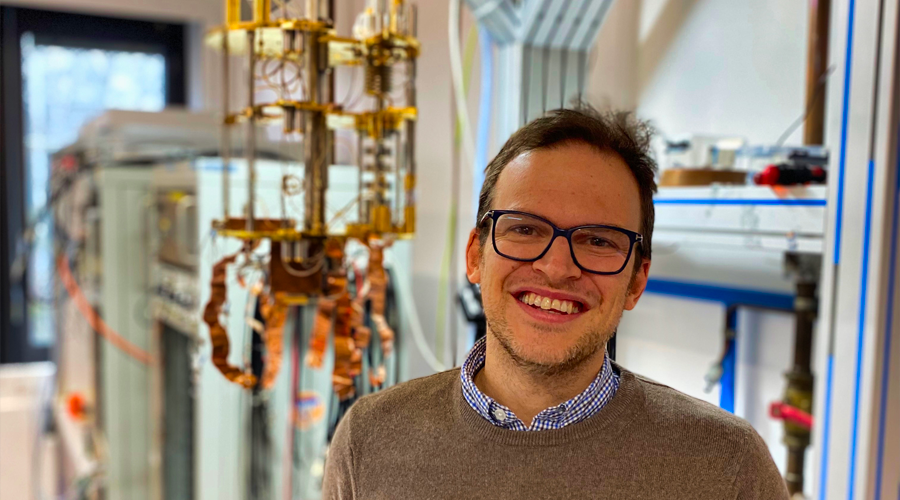 Luca Pattavina, an INFN researcher at the Gran Sasso National Laboratories (LNGS), has won a Consolidator Grant from the ERC European Research Council worth 2.7 million euros for the RES-NOVA project: a revolutionary observatory for studying astrophysical neutrino sources made using lead of Roman origin from ingots recovered from a ship that sank off the coast of Sardinia two thousand years ago. One of the most energetic events in the universe is the core collapse of supernovae, during which most of the energy is released in the form of neutrinos, which are therefore direct messengers of the processes occurring in the stellar core. Since supernova explosions are very rare events (in our galaxy one event is estimated to happen every 30 years), it is important to maximise both the probability of observing them and the information that can be acquired. RES-NOVA's unconventional approach, the result of several years of research, is to use the purest archaeological lead as a cryogenic detector, with an unprecedented reduction in background noise. The high number of neutrons contained in lead nuclei increases the probability of a neutrino interacting by approximately ten thousand times compared to conventional techniques: this allows the construction of a small neutrino observatory on the centimetre scale. RES-NOVA will be able to detect 90% of the potential supernovae in our galaxy, with a detector volume equivalent to a 30x30x30 cm cube. And future detector upgrades may improve our sensitivity to supernovae far beyond the limits of our galaxy, and thus increase the number of potentially observable supernovae. RES-NOVA thus has the potential to lay the foundations for a future generation of European neutrino telescopes, just when all current supernovae neutrino detectors are being decommissioned, opening up new opportunities for multimessenger astronomy, the search for dark matter, and neutrino property studies.
Luca Pattavina, an INFN researcher at the Gran Sasso National Laboratories (LNGS), has won a Consolidator Grant from the ERC European Research Council worth 2.7 million euros for the RES-NOVA project: a revolutionary observatory for studying astrophysical neutrino sources made using lead of Roman origin from ingots recovered from a ship that sank off the coast of Sardinia two thousand years ago. One of the most energetic events in the universe is the core collapse of supernovae, during which most of the energy is released in the form of neutrinos, which are therefore direct messengers of the processes occurring in the stellar core. Since supernova explosions are very rare events (in our galaxy one event is estimated to happen every 30 years), it is important to maximise both the probability of observing them and the information that can be acquired. RES-NOVA's unconventional approach, the result of several years of research, is to use the purest archaeological lead as a cryogenic detector, with an unprecedented reduction in background noise. The high number of neutrons contained in lead nuclei increases the probability of a neutrino interacting by approximately ten thousand times compared to conventional techniques: this allows the construction of a small neutrino observatory on the centimetre scale. RES-NOVA will be able to detect 90% of the potential supernovae in our galaxy, with a detector volume equivalent to a 30x30x30 cm cube. And future detector upgrades may improve our sensitivity to supernovae far beyond the limits of our galaxy, and thus increase the number of potentially observable supernovae. RES-NOVA thus has the potential to lay the foundations for a future generation of European neutrino telescopes, just when all current supernovae neutrino detectors are being decommissioned, opening up new opportunities for multimessenger astronomy, the search for dark matter, and neutrino property studies.






